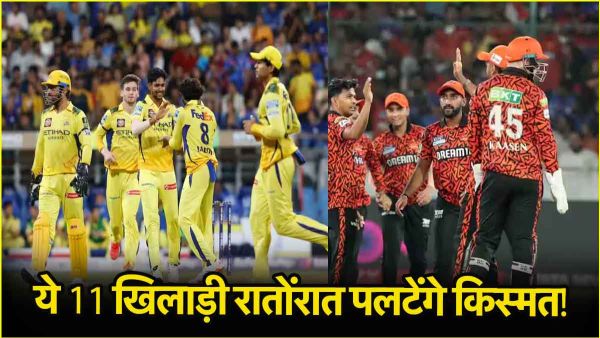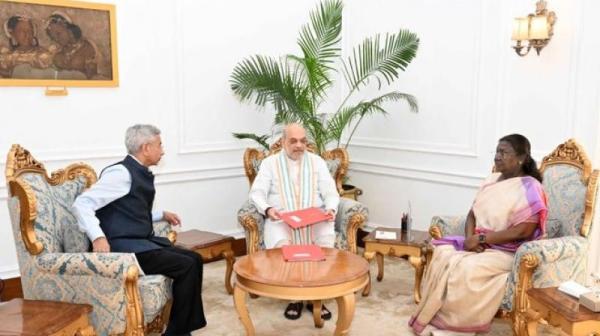At exactly 12.17 PM on April 24, when the sun is directly overhead, Bengaluru will experience the 'zero shadow' phenomenon, according to scientists at the Indian Institute of Astrophysics (IIA). Niruj Mohan Ramanujam, Head of IIA's Science Communication, Public Outreach, and Education (SCOPE) section, said that during this event, the sun reaches its zenith, causing vertical objects to cast no visible shadows as they fall directly beneath them.
All locations in India situated below the Tropic of Cancer-including Bengaluru, Chennai, and Mangaluru-experience Zero Shadow Day, Ramanujam told PTI.
What is Zero Shadow Day?
In Bengaluru, this occurs typically around April 24-25 and again on August 18, he added.
Zero Shadow Day will reach the Tropic of Cancer on June 21, the summer solstice and the end of Uttarayana-the sun's northward journey in the Hindu calendar, Ramanujam further said.
The Sun does not rise exactly in the east or set exactly in the west every day, and neither does it pass directly overhead every day. This is because of the axial tilt of the Earth of 23.5 degrees, which is the cause of seasons as well.
The Sun is directly overhead the Tropic of Cancer on 21 June (summer solstice in the northern hemisphere) and then journeys southwards as seen from the Earth, called Dakshinayana. The Sun is then directly overhead the Equator on 23 September (autumnal equinox for northern hemisphere), and is overhead the Tropic of Capricorn on 22 December. It is then seen to journey northwards, called Uttarayana, and is overhead the Equator again on 21 March, and so on. Hence, the Sun is directly overhead locations between the two tropics twice a year, and this day varies with latitude.
When the Sun is directly overhead, the shadow of a vertical object falls under it, and hence no shadow will be seen at local noon. Hence, this is called the Zero Shadow Day (ZSD).
All locations in India situated below the Tropic of Cancer-including Bengaluru, Chennai, and Mangaluru-experience Zero Shadow Day, Ramanujam told PTI.
What is Zero Shadow Day?
In Bengaluru, this occurs typically around April 24-25 and again on August 18, he added.
Zero Shadow Day will reach the Tropic of Cancer on June 21, the summer solstice and the end of Uttarayana-the sun's northward journey in the Hindu calendar, Ramanujam further said.
The Sun does not rise exactly in the east or set exactly in the west every day, and neither does it pass directly overhead every day. This is because of the axial tilt of the Earth of 23.5 degrees, which is the cause of seasons as well.
The Sun is directly overhead the Tropic of Cancer on 21 June (summer solstice in the northern hemisphere) and then journeys southwards as seen from the Earth, called Dakshinayana. The Sun is then directly overhead the Equator on 23 September (autumnal equinox for northern hemisphere), and is overhead the Tropic of Capricorn on 22 December. It is then seen to journey northwards, called Uttarayana, and is overhead the Equator again on 21 March, and so on. Hence, the Sun is directly overhead locations between the two tropics twice a year, and this day varies with latitude.
When the Sun is directly overhead, the shadow of a vertical object falls under it, and hence no shadow will be seen at local noon. Hence, this is called the Zero Shadow Day (ZSD).








